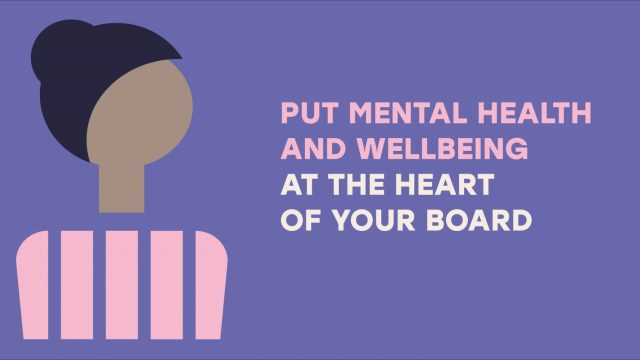
An introduction to active travel and its potential in your school
Active travel is broadly any form of getting about that involves physical exertion. From simply walking through to cycling or roller skating, it stands in contrast to travel by car, train or bus. There are numerous benefits to its wider adoption, including macro social benefits such as reduced air and…







